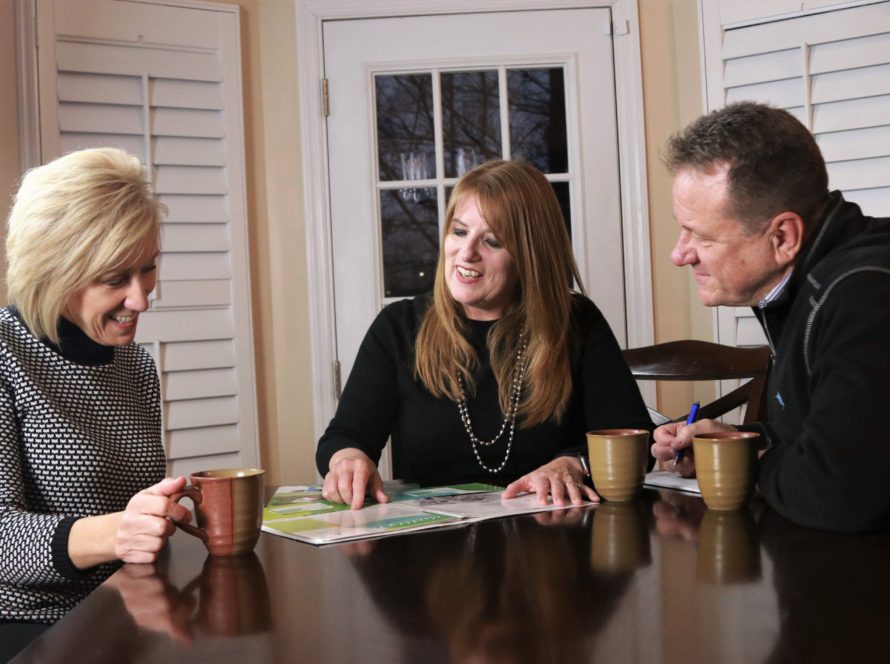
I“I just can’t talk to my mom anymore. Communication has become so frustrating – I’ve gotten to the point where I almost dread visiting her!”
Its is a common thing we hear when working with families who are caring for a loved one with Alzheimer’s disease, or other forms of dementia. While there is no cure for dementia, there are techniques that have the potential to make communication much easier.
Why is communication a challenge for someone with dementia? Dementia is so much more than simply memory loss. Dementia has the potential to affect the part of the brain that processes verbal input. This means that the person living with dementia may struggle to understand what others say to them, and process it in a way that makes sense. Studies have shown that someone living with dementia may lose 2 in every 4 words that is spoken to them – which would be incredibly distressing and confusing to the individual! Dementia may also affect the part of the brain responsible for speech and expression. This means that the person living with dementia will likely struggle to express their needs, distress, affection, likes and dislikes through words – and may express themselves by behaving in ways that are challenging.
We cannot expect the person living with dementia to change, we as caregivers are the ones who must adapt.
Adapting Communication
In order to minimize stress for both parties, its important that caregivers adjust the way they communicate. We cannot expect the person living with dementia to change, we as caregivers are the ones who must adapt.
- Eliminate distractions. While those of us with healthy brains can process multiple sources of input at one time, someone living with dementia cannot. Turn off the TV, music, or other sources of noise before initiating communication. Ensure you have the individual’s attention before delivering your message.
- Ensure the individual can see you. Studies have shown that people living with dementia may lose most of their peripheral vison. Approach the individual from the front and make sure they have seen you before you touch them or enter their personal space to avoid startling them.
- Keep it simple. Avoid lengthy explanations or run-on sentences. Use brief statements and allow plenty of time for the individual to process what you said. Visual cues can be a great addition to the conversation as well – demonstrating the task you would like the individual to do.
- Keep it low stress. Avoid topics that could be distressing to the individual, or current events that may cause them to worry. Share positive things and create an atmosphere that all is well. Be an observer of the individual and the non-verbal cues they may be giving you.
- Join the reality of the individual. People living with dementia will likely have times when their reality does not coincide with ours. They may be “living” in an earlier decade; they may see things that are not there or believe things that are not happening. While our natural inclination may be a commitment to truth, it is best to simply join the individual in their reality, rather than try to force them into ours. While we do not have to agree with the content that is being presented by the individual, we can agree with them that this is their truth. Avoid correcting, scolding, shaming, or arguing with the individual. Instead, try to discover the feeling or need behind their words – validate and reassure them.
- Experience together. As conversation becomes more challenging, consider doing an activity together instead. While we may feel the need to fill the silence with words, sometimes simply being together is enough. Listening to music, folding laundry, doing a puzzle or taking a walk outside can all be wonderful ways to spend time together.
While dementia is very challenging, we can adapt our approach and communication and hopefully create moments that facilitate joy and peace, and a new way of experiencing life together.


